Renewable Energy: Tracking Tools And Maintenance for Solar Farms
Looking for better ways to manage your solar farm? Discover how solar equipment tracking software can help you get the most from your renewable energy system.
In this article:
- Key Takeaways
- What Is Solar Equipment Tracking Software?
- Four Types of Solar Equipment Tracking Software
- 1. Basic Monitoring Systems (for Small-Scale Setups)
- 2. SCADA-Based Systems (Supervisory Control and Data Acquisition)
- 3. Cloud-Based Monitoring Platforms
- 4. IoT-Driven Asset Management Platforms
- Key Features to Look for in Solar Equipment Tracking Software
- 1. Real-Time Monitoring and Alerts
- 2. Predictive Maintenance and Analytics
- 3. Interaction with SCADA and IoT Systems
- 4. Mobile Accessibility and Remote Operations
- 5. Reporting, Compliance, and Performance Benchmarking
- Benefits of Using Solar Equipment Tracking Software
- 1. Higher Operational Efficiency
- 2. Lower Maintenance Costs
- 3. Extended Equipment Life
- 4. Enhanced ROI and Energy Yield
- Common Challenges in Solar Equipment Tracking Implementation
- 1. Data Overload and Analysis Paralysis
- 2. Hardware Compatibility Issues
- 3. Connectivity and Remote Access
- Make Every Ray of Sunlight Count with Itefy
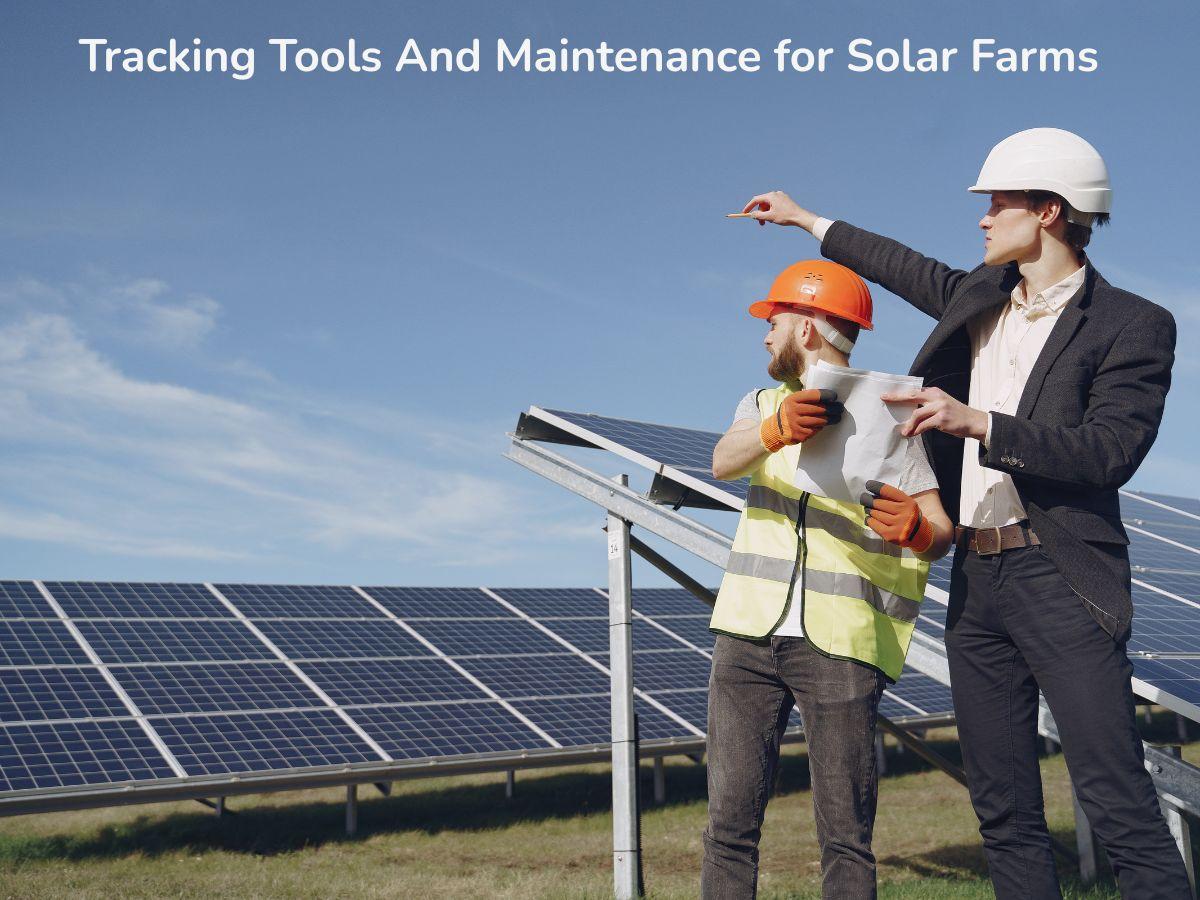
If you’re running or managing a solar farm, you already know the challenge. With panels stretched across acres and components like inverters, batteries, and cabling working quietly behind the scenes, things can go wrong without warning. You can no longer keep up with it through manual logs and spreadsheets.
This is where solar equipment tracking software changes the game. It gives you eyes on every panel, insight into every output fluctuation, and control over your entire system, from anywhere.
Let’s break down the tools, software, and maintenance strategies that can help you track smarter.
Key Takeaways
- What It Is: Solar equipment tracking software helps you monitor, manage, and improve your solar equipment performance. It keeps your system healthy, reduces downtime, and boosts energy output automatically.
- Types of Tools Used: From basic monitoring to advanced SCADA and IoT-based platforms, there's a solution for every setup. Choose based on your system size, complexity, and growth goals.
- Must-Have Features: Look for real-time alerts, predictive maintenance, remote access, and strong reporting tools. These features save money, reduce risk, and improve decision-making.
- Why It Matters: Every percent of energy lost is money left on the table. Good tracking software like Itefy helps you recover that value and keep your solar setup running at full strength.
What Is Solar Equipment Tracking Software?
Solar equipment tracking software is a digital platform or system designed to monitor, analyze, and manage the performance and status of solar energy equipment. It acts as the digital brain of your solar operation.
The software connects to your solar assets, collects real-time performance data, and helps you monitor everything from output to component health.
The result? You reduce equipment downtime, spot inefficiencies early, and make smarter decisions that boost your return on investment.
Four Types of Solar Equipment Tracking Software
Not all solar equipment tracking tools are the same. They vary in terms of scale, features, and integration capabilities. Let’s break down the major types.
1. Basic Monitoring Systems (for Small-Scale Setups)
These are simple tools that display basic output data, including voltage, temperature, and total daily energy generation. Ideal for residential or small commercial systems, they often come bundled with inverters.
2. SCADA-Based Systems (Supervisory Control and Data Acquisition)
Used for utility-scale solar farms, SCADA systems provide advanced tracking and control capabilities. They can monitor and remotely adjust parameters of inverters, trackers, and storage systems. SCADA is powerful but requires a more complex setup.
3. Cloud-Based Monitoring Platforms
These are web or app-based platforms that collect and display performance data remotely. They’re ideal for distributed solar systems across multiple locations, often including AI-driven insights, predictive maintenance alerts, and integration with financial reporting tools.
4. IoT-Driven Asset Management Platforms
IoT systems use smart sensors and IoT connectivity to give detailed data across every component. They often integrate with weather forecasting tools, energy trading platforms, and real-time condition monitoring systems to facilitate predictive maintenance.
These platforms are built to simplify asset management by automating diagnostics, optimizing uptime, and reducing the manual workload.
Need Help Managing Solar Assets Smarter? With Itefy, you can access real-time tracking, maintenance scheduling, and more in one convenient place. Book a free demo today. |
Key Features to Look for in Solar Equipment Tracking Software
Choosing the right solar equipment tracking software is about ensuring your system remains productive, safe, and cost-effective. As solar installations grow in scale and complexity, the need for intelligent, proactive tracking tools becomes more critical.
Solar asset management has been shown to increase energy output by up to 5%. That’s significant considering the size of solar farms.
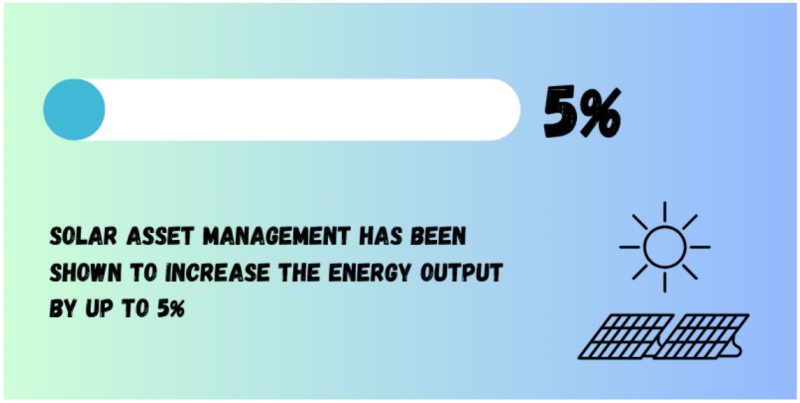
Here are the key features to prioritize when evaluating a solution.
1. Real-Time Monitoring and Alerts
Modern solar systems require more than daily summaries. You need constant oversight, even second-by-second. Whether it’s a single panel or an entire row of trackers, real-time monitoring tools provide live data on performance.
These checks help you detect irregularities instantly without waiting for output. As for the alerts, they are automated and customizable. For example, if a panel’s temperature exceeds a safe limit or an inverter stops responding, the system can send an SMS, email, or push notification.
2. Predictive Maintenance and Analytics
Traditional maintenance relies on scheduled check-ups. However, solar systems benefit much more from condition-based and predictive maintenance. In fact, predictive maintenance can reduce equipment downtime by as much as 50%.
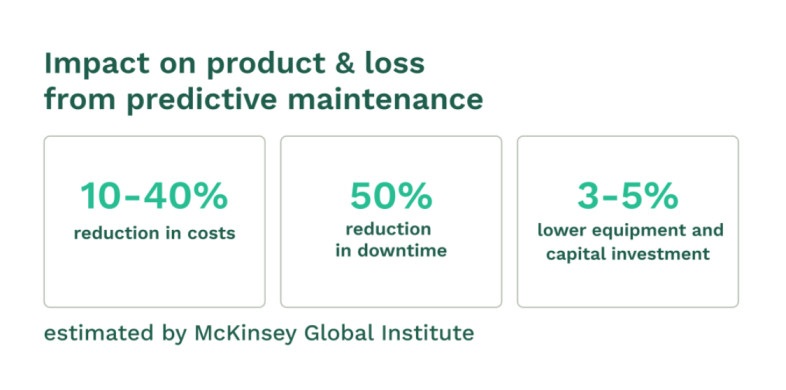
Source: Work Trek
Advanced systems now use AI to analyze historical data, usage patterns, weather conditions, and wear indicators. They then forecast when a component is likely to fail, enabling you to take action before it happens.
Instead of replacing parts based on calendar schedules, you can base them on real usage. This reduces waste, increases equipment life, and keeps costs predictable.
3. Interaction with SCADA and IoT Systems
If your solar farm already uses SCADA or IoT-based devices, your tracking software needs to play well with them. This enables two-way communication between investors, weather stations, battery systems, and other devices.
As for the IoT sensors, they collect highly specific data, including voltage at the panel level, humidity, wind speeds, and more. When you have this level of detail, you can easily perform diagnostics.
4. Mobile Accessibility and Remote Operations
In large or distributed solar operations, being on-site isn’t always possible. That’s why remote access and control capabilities are critical. Having a cloud-based interface means you can check the system's status from any device.
Imagine your field team is on a different site but receives an alert from another region. Within minutes, they can log in, assess the issue, and either resolve it remotely or dispatch a technician with the right tools.
5. Reporting, Compliance, and Performance Benchmarking
Data is only useful if it leads to action. That’s why robust reporting and benchmarking tools are a must. These features help you meet regulations, optimize performance, and make decisions with confidence.
Automatically generated reports help you understand long-term trends. You can then use these reports for both internal analysis and external stakeholder purposes. Moreover, solar farms are required to meet local, national, and international environmental standards.
Benefits of Using Solar Equipment Tracking Software
Do you know that the asset management of renewable energy can reduce downtime by 20%? This shows that tracking your solar equipment isn’t just theoretical; it’s proven to be beneficial for multiple companies.
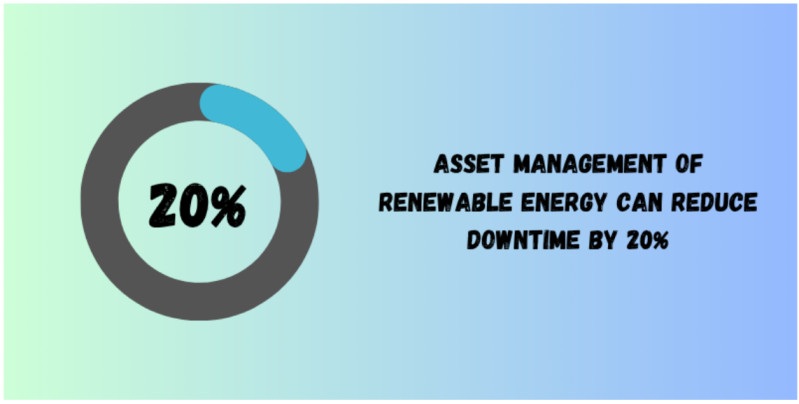
Let’s discuss how that translates into specific, measurable benefits.
1. Higher Operational Efficiency
Solar tracking software helps operators work faster and smarter by removing manual processes and offering a live view of every asset. Instead of sending technicians on routine inspections, many problems can be identified and solved remotely.
This enhances daily workflow, reduces unnecessary field visits, and accelerates response times. For example, when a string inverter trips or shading affects certain panels, the software sends alerts, allowing operators to take immediate action.
2. Lower Maintenance Costs
One of the most expensive parts of running a solar farm is unplanned maintenance. When minor issues go unnoticed, they often lead to bigger failures. Solar equipment tracking reduces these risks by constantly monitoring equipment health and performance.
It detects faults, such as inverter errors, temperature spikes, or reduced output, early. This prevents expensive breakdowns and reduces the need for emergency repairs.
According to sources, predictive maintenance can help you save up to 8% to 12% in overall costs as compared to other forms of maintenance.
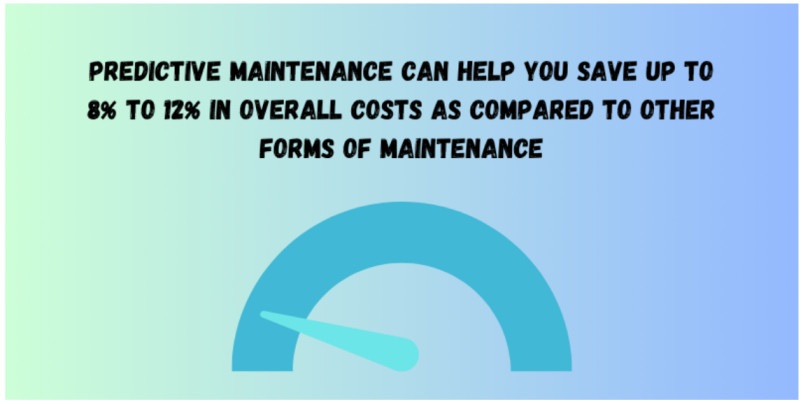
3. Extended Equipment Life
Just like regular car servicing extends engine life, preventive maintenance extends the life of solar equipment. Solar tracking software plays a major role in this. It identifies early signs of stress, such as overheating, PID (Potential-Induced Degradation), or panel soiling.
This way, you can intervene promptly to reduce long-term wear. Over time, this means your inverters, trackers, and panels operate within safe limits for longer, improving the return on each asset.
4. Enhanced ROI and Energy Yield
Every minute of downtime means lost energy and revenue. Tracking software helps you identify inefficiencies early and optimize output daily. If the panels don’t deliver close to peak performance, this means less energy is generated per square meter.
Now, that’s a problem because even a shortage of a few extra kilowatt-hours per day can add up significantly over months or years. It’s especially concerning for large-scale solar farms.
Common Challenges in Solar Equipment Tracking Implementation
Although equipment tracking offers numerous benefits, it’s not always a smooth process. Operators face challenges related to data volume and more. Here are the common challenges you might face:
1. Data Overload and Analysis Paralysis
Modern solar farms generate terabytes of data every day. While having detailed data is beneficial, too much of it without a clear structure can overwhelm your team. Operators often struggle to distinguish between what matters and what doesn’t, leading to “analysis paralysis.”
To address this, solar tracking systems should incorporate smart analytics, automated insights, and clear dashboards. Instead of dumping raw data, the software should highlight anomalies and critical alerts.
2. Hardware Compatibility Issues
Many solar farms were installed years ago using older-generation equipment. These legacy panels and inverters may not natively support new tracking systems, sensors, or communication protocols.
For instance, older inverters may lack the APIs or digital interfaces necessary for integration. This creates a challenge when trying to connect new software with old hardware.
3. Connectivity and Remote Access
Solar farms are usually built in remote areas with abundant sunlight but limited connectivity. Without a stable network, alerts can be unreliable and completely inaccessible. Ultimately, it makes it hard to detect failures or remotely diagnose issues.
To overcome this, operators must choose the right communication backbone. You can use satellite, cellular, or mesh networks. However, all of them come with a cost that can be traded off based on their speed and reliability.
Make Every Ray of Sunlight Count with Itefy
The right data, at the right time, can make all the difference. Whether you’re running a single installation or managing an entire fleet, smart solar equipment tracking is no longer optional.
However, we understand it’s not easy to choose the right solar equipment tracking software. That’s exactly why we founded Itefy.
If you’re struggling to track your solar equipment, we’ve got you covered.
From real-time monitoring and alerts to easy mobile access and smart analytics, we help you focus less on firefighting and more on growing your output.
Get started with Itefy today by booking a free demo with our team.
Frequently Asked Questions
-
Predictive maintenance utilizes machine learning to analyze usage, weather data, and equipment history, thereby forecasting potential failures. Instead of reacting to breakdowns, technicians can proactively service parts before they fail.
-
No. Modern platforms feature user-friendly dashboards, mobile apps, and visual analytics. Even non-technical staff can view real-time performance, receive alerts, and generate reports with minimal training.
-
Yes, but older hardware may lack compatibility with modern sensors. In such cases, retrofit kits or external IoT devices can bridge the gap. These tools allow older systems to send data to the tracking platform and maintain legacy solar setups.
